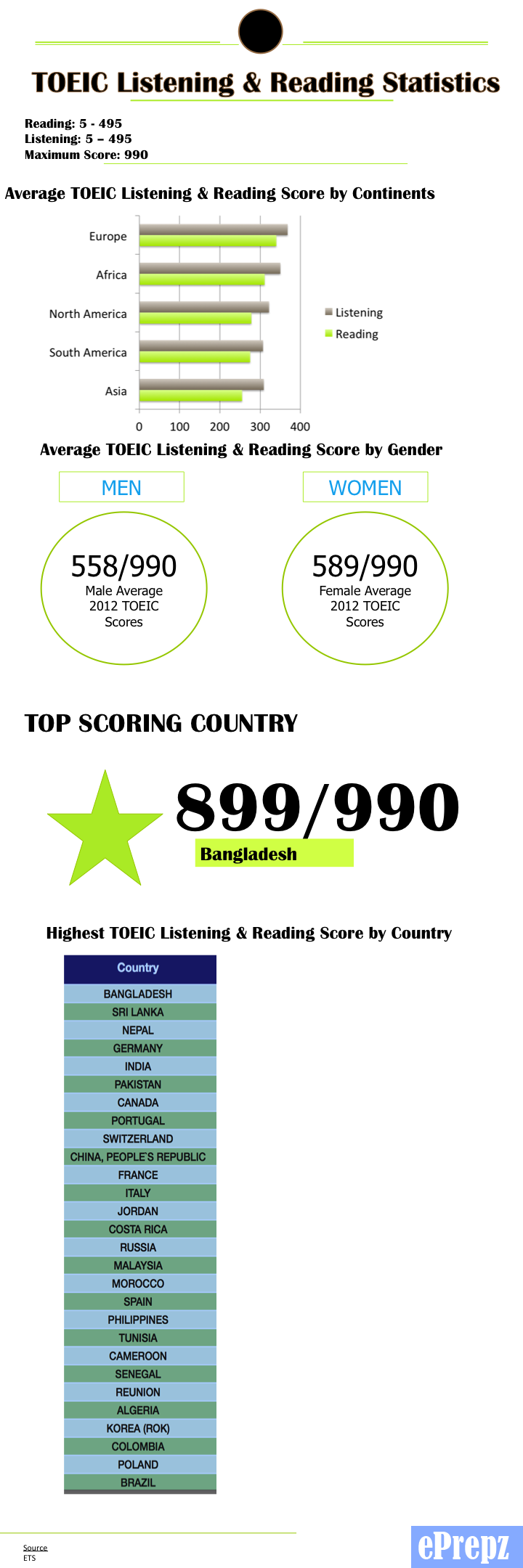Today we are going to share a couple of TOEIC test tips that has been shared with us to share with our community.
Reading Comprehension: Pay attention for keywords to reveal themselves in the beginning of the text. Usually the first paragraph contains important key information that will help you answer the questions.
Another tip is to preview the questions before actually reading the text. By having an idea on what type of questions to expect, you’ll find some answers when reading the texts for the first time. This will save you time and give you a better understanding of the text.
Listening Comprehension: Be aware of the environment the listening part is taking place. For example same words can mean different things in different context.
Short Conversations: Do not panic if you miss a word or two, as long as you understand the big picture of the conversation you will be fine. Focus your attention on who is speaking, why are they speaking and what do they want?
Writing Section: Remember to write your answers in the format of Introduction, Body and Conclusion.
Speaking Section: Remember there is no right or wrong answer, they are looking at how well you speak on different subjects and how well you can express your thoughts. So relax and try to speak naturally.
